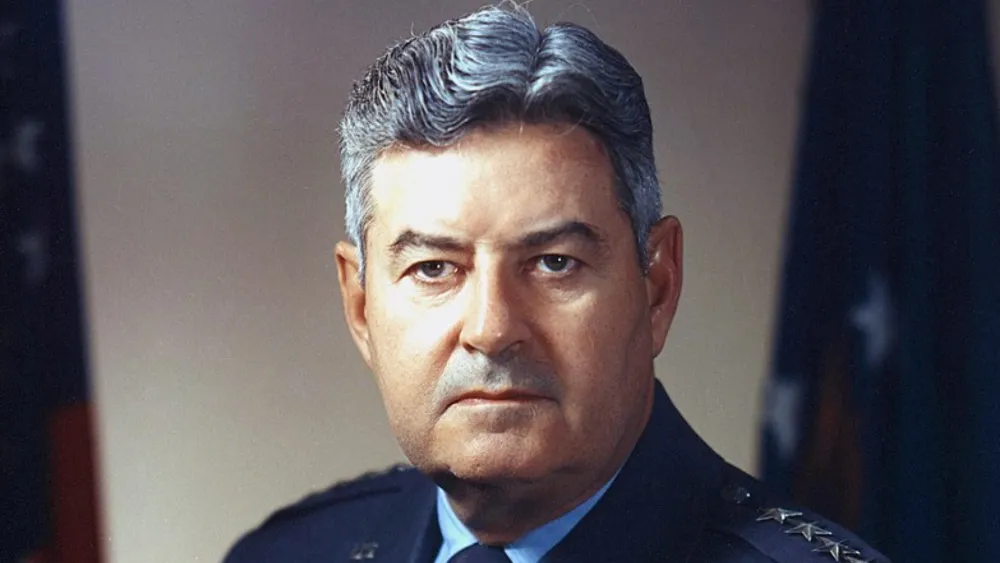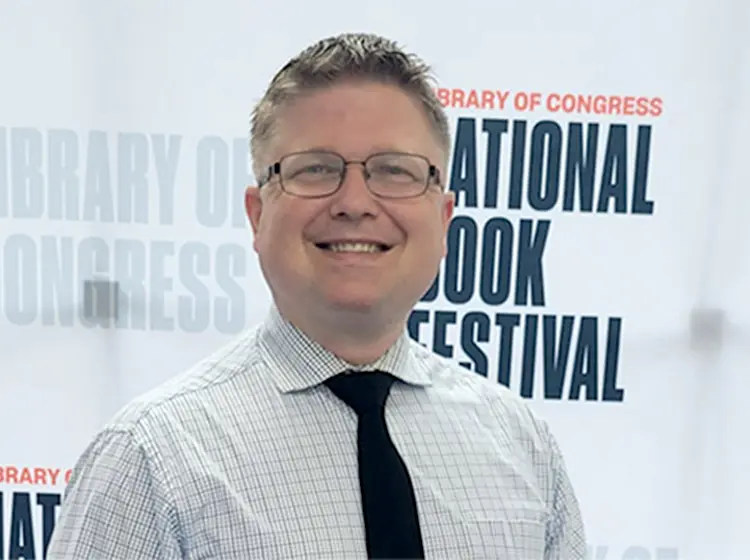The impact of Curtis LeMay on American military aviation and strategic planning extended beyond his impressive career. It becomes evident that he was not just a U. S. military leader but a visionary who helped transform the very nature of warfare.
Moreover, his legacy serves as a reminder of airpower’s essential role in determining the outcome of international battles. Furthermore, it continues to be a source of inspiration and study for military strategists, historians, and leaders today.
Curtis LeMay’s story is one of determination, innovation, and the pursuit of excellence in U.S. airpower, making him a towering figure in the annals of American military history.
Exploring the Fascination of Curtis LeMay with Flight
Growing up in Columbus, Ohio, Curtis Emerson LeMay’s childhood was filled with the wonder of aviation. Therefore, it instilled a lifelong passion for flight and aircraft. This early fascination with the skies above would shape his life and ultimately influence the development of American military aviation.
In 1929, LeMay took a momentous step by joining the United States Army Air Corps, a decision that would set him on a trajectory toward becoming a trailblazer in aerial warfare.
His entry into the U.S. Air Corps marked the beginning of a career that would see him rise through the ranks with remarkable speed, propelled by his exceptional leadership qualities and an innate grasp of the intricacies of aviation technology.
LeMay’s journey from a young aviation enthusiast in Ohio to a key figure in transforming the U.S. Air Corps into the United States Air Force highlights his steadfast dedication and forward-thinking approach to the constantly evolving domain of military aviation.
During these formative years, he developed the skills and knowledge that would allow him to make a lasting impact on the evolution of U.S. airpower and its strategic applications in the decades ahead.
Daring Daylight Raids over Nazi-Occupied Europe
Curtis LeMay’s leadership was pivotal in the Allied war effort during World War II. As the 305th Bombardment Group Commander, he oversaw a group of courageous and skilled airmen who executed daring daylight precision bombing raids over Nazi-occupied Europe.
These missions were dangerous, as American bombers faced formidable enemy defenses, including anti-aircraft fire and enemy fighter planes. However, LeMay’s strategic acumen and unwavering commitment to the mission ensured their success.
The precision bombing raids by LeMay’s group were audacious and strategically significant. Targeting key German industrial and military infrastructure disrupted the enemy’s ability to wage war effectively.
These operations considerably debilitated the Nazi war machine. So, it ultimately contributed heavily to the Allies’ triumph in Europe.
LeMay’s reputation as a military leader grew exponentially during World War II. His no-nonsense, results-oriented approach resonated with his subordinates and earned the respect and admiration of his peers and superiors alike.
Strategic Bombing and the Firebombing of Japan
Following Germany’s defeat, LeMay was reassigned to the Pacific Theater, where he would significantly influence the course of the war. As commander of the XXI Bomber Command, he implemented a controversial strategy that involved firebombing Japanese cities.
Moreover, this strategy aimed to cripple Japan’s war effort. It sought to destroy its industrial capacity and demoralize its civilian population.
The firebombing of Tokyo on March 9–10, 1945, is the most notorious operation that LeMay oversaw. About 100,000 people were killed in this terrible raid, leaving huge portions of the city in ruins.
Although the morality and ethics of such bombings have been widely debated, there is no denying that they played a significant role in hastening Japan’s surrender and ending World War II.
The Birth of the Strategic Air Command (SAC)
Curtis LeMay’s post-war career was marked by a focus on developing and implementing strategic airpower. In 1947, he became the first commander of the newly formed Strategic Air Command (SAC).
Under his leadership, SAC evolved into a powerful and highly organized force capable of delivering nuclear weapons anywhere in the world.
LeMay’s emphasis on preparedness and the concept of a continuous airborne alert ensured that the United States could respond swiftly to any potential threat. He believes it is important during the tense years of the Cold War.
Furthermore, his leadership in developing the concept of deterrence prevented conflict between the United States and the Soviet Union.

Role of Curtis LeMay in the Cuban Missile Crisis
One of the most critical moments of the Cold War, often highlighted in military history lessons, was the Cuban Missile Crisis in 1962. President John F. Kennedy and other civilian authorities disagreed with then-Air Force Chief of Staff Curtis LeMay about handling the problem.
LeMay advocated for a more aggressive approach, including a preemptive strike against the Soviet missile sites in Cuba. However, Kennedy ultimately chose a diplomatic solution, thereby preventing the outbreak of nuclear war.
Retirement and Legacy of Curtis LeMay
Curtis LeMay retired from the U.S. Air Force in 1965, ending a remarkable military career spanning over three decades. He left behind a legacy that continues to influence military strategy and thinking.
LeMay’s contributions to developing strategic airpower have left a lasting mark on the military community.
His strategic vision and unwavering commitment to preparedness during the Cold War helped deter potential adversaries and maintain global stability.
An Enduring Influence on U.S. Military Aviation
Curtis LeMay was a complex and controversial figure in American military history. Although his methods and strategies may be subject to ethical debate, his impact on the development of airpower and the United States Air Force cannot be denied.
Furthermore, his career, from the early days of aviation to the height of the Cold War, is proof of his dedication. Moreover, it is a testament to his leadership and lasting influence on military strategy.
People will always remember Curtis LeMay as a strategic architect of airpower and a pivotal figure in American military aviation history.










